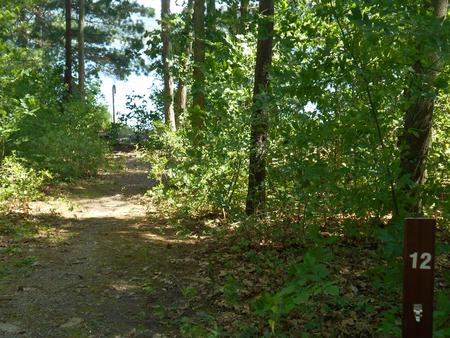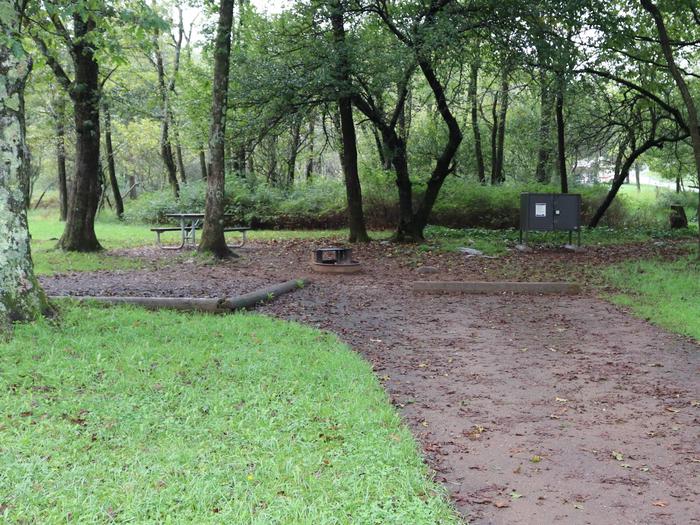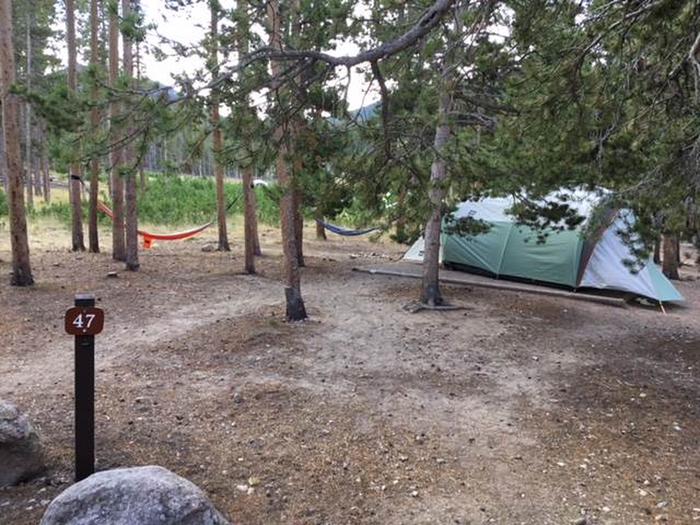No Pee Dee images currently available.
Directions
From Charlotte, NC: Take Hwy. 74 East to Wadesboro. Turn left on Hwy. 52 North and continue 6 miles. Refuge office is on the right. From Wadesboro, NC: Take Hwy 52 North for 6 miles. Turn right into the refuge office facility.
Phone
704-694-4424
Activities
AUTO TOURING, BOATING, INTERPRETIVE PROGRAMS, FISHING, HIKING, HUNTING, WILDLIFE VIEWING
Camping Reservations
There is no camping in Pee Dee. Look for nearby camping areas in North Carolina:
Hiking Trails
Looking for nice hiking areas to take a hike? Choose from these scenic hiking trails:
Related Link(s)
More North Carolina Recreation Areas
Pee Dee National Wildlife Refuge Situated along the Pee Dee River, Pee Dee NWR contains 8,443 acres in Anson and Richmond Counties, NC. The refuge was established to provide wintering habitat for migratory waterfowl. Cooperative farming in field impoundments, water level management, and the bottomland hardwood forest along Brown Creek provide excellent habitat for waterfowl and other wildlife. Wintering waterfowl numbers fluctuate greatly, but can exceed 10,000 birds yearly. The refuge also supports a small population of wintering Southern James Bay Canada geese. Pee Dee Refuge is located a few hundred yards from the once famous “Lockhart Gaddy Wild Goose Refuge”. In the 1950’s, Gaddy’s pond wintered more than 10,000 Canada geese a year. Pee Dee National Wildlife Refuge was established in October 1963 to provide additional habitat for these geese and other waterfowl. Local numbers of wintering migratory geese have dwindled in recent years, but the refuge remains an important wintering area for the remaining geese and thousands of ducks. But Pee Dee has more than just waterfowl. The refuge also supports an abundance of nesting neotropical migratory birds, bobwhite quail, wild turkey, and white-tailed deer. The diversity of habitat and management provides for more than 168 bird species, 49 reptiles and amphibians, 28 mammals, and 20 fish species. Refuge lands include the following habitat types: bottomland hardwood forest (3,000 acres), upland pine forest (1,500 acres), mixed pine/hardwood forest (2,000 acres), crop lands (1,000 acres), old fields, native warm season grass fields, and openings (1,000 acres).




